Historical Cairo

The project will offer a window on Egypt’s history, and also aims to be a tourist attraction for regional and international visitors
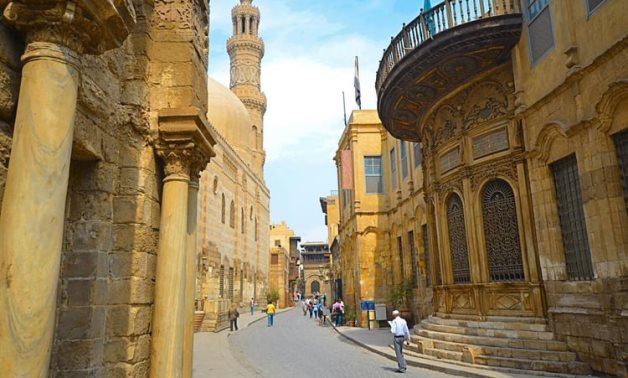
Muizz Street, also known as Al-Mu'izz li-Din Allah Al-Fatimi Street in Islamic Cairo, is one of the ancient streets in Cairo.
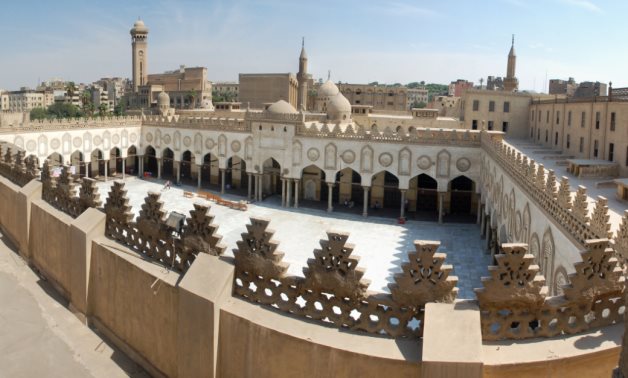
The Fatimid state was the golden age of Islamic art in Egypt.
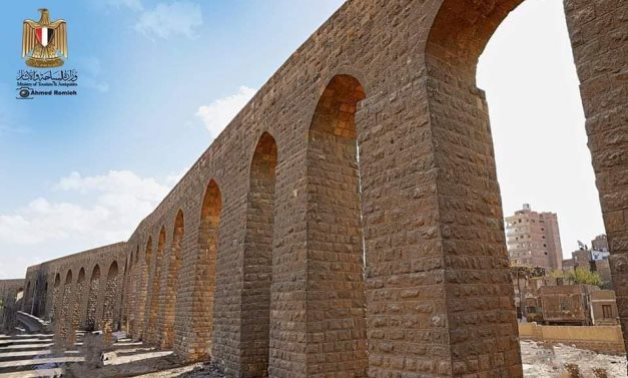
The project to develop the Cairo Citadel Aqueduct aims to revive this historical area and re-highlight its cultural splendor with its important cultural value.
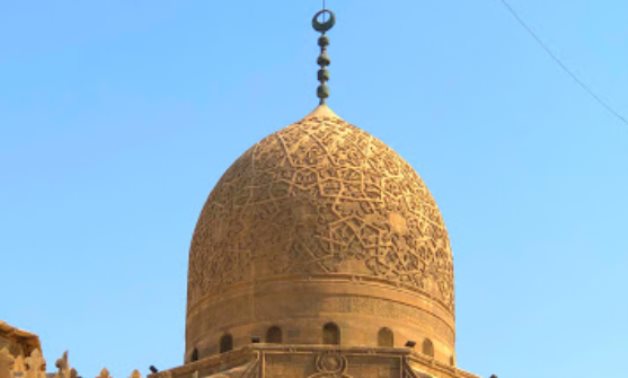
The dome was registered after the approval of the Permanent Committee for Islamic, Coptic and Jewish Antiquities, and the Board of Directors of the Supreme Council of Antiquities.
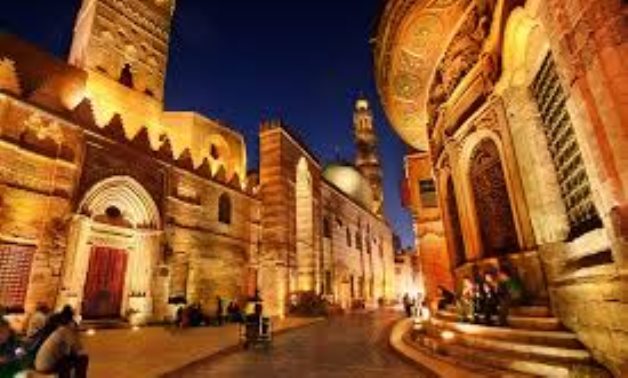
Al-Muizz Street was officially inaugurated on February 22, 2008, to be one of the most beautiful open museums of Islamic antiquities in the world.
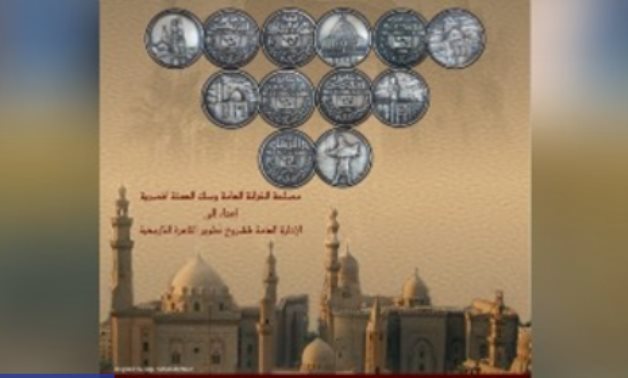
The Public Treasury and Coinage Authority, in cooperation with the Ministry of Tourism and Antiquities, issued a set of commemorative medals celebrating the 1050th anniversary of the founding of Historic Cairo.
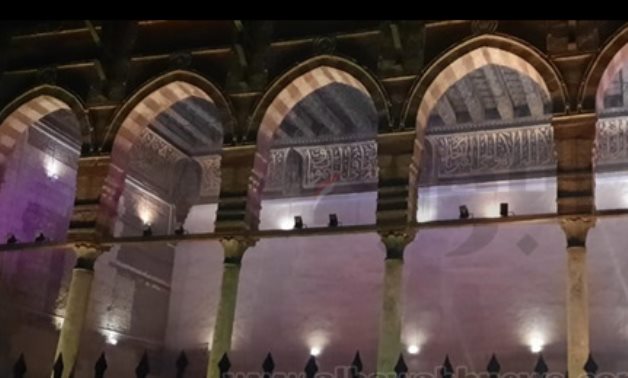
Egypt’s Ministry of Tourism and Antiquities has completed the work of the first phase of the project to modernize and develop the night lighting systems on Al-Muizz Street and all the ancient buildings there.
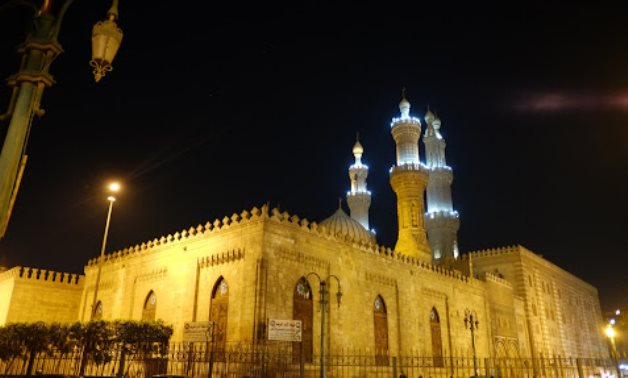
The mosque was built by the Fatimids in the year 549 AH (1154 AD). Each corner contains monuments that testify to different eras of Egypt's history.
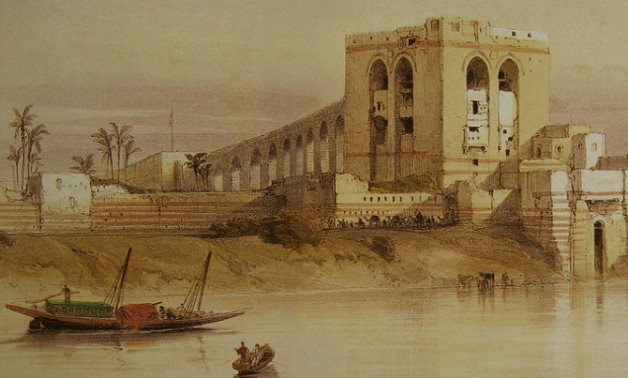
It was established as aqueducts to carry water to the citadel more than 600 years ago during the reign of Sultan Al-Nasir Salah Al-Din Al-Ayyubi, the founder of the Ayyubid State in Egypt (from 1169 AD until 1193).

The minister of antiquities convened with the director of the Aga Khan Foundation to discuss means of cooperation in the development of Cairo’s historical districts.
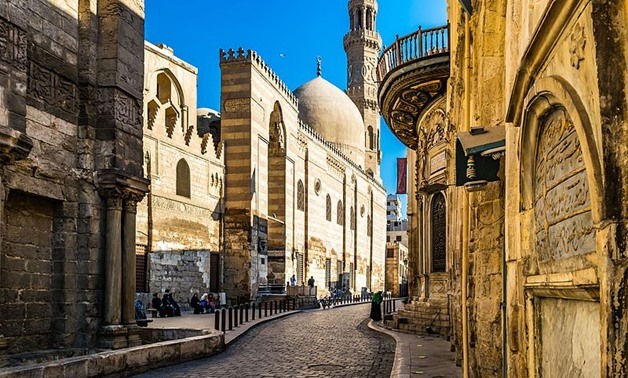
A number of cultural and artistic events will be held in numerous cultural institutions and centers on Jan. 13, 2018.

The Ministry of Antiquities will start renovating the historical Sharaibi Bathhouse located in Islamic Cairo.
Most Read